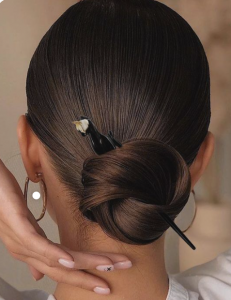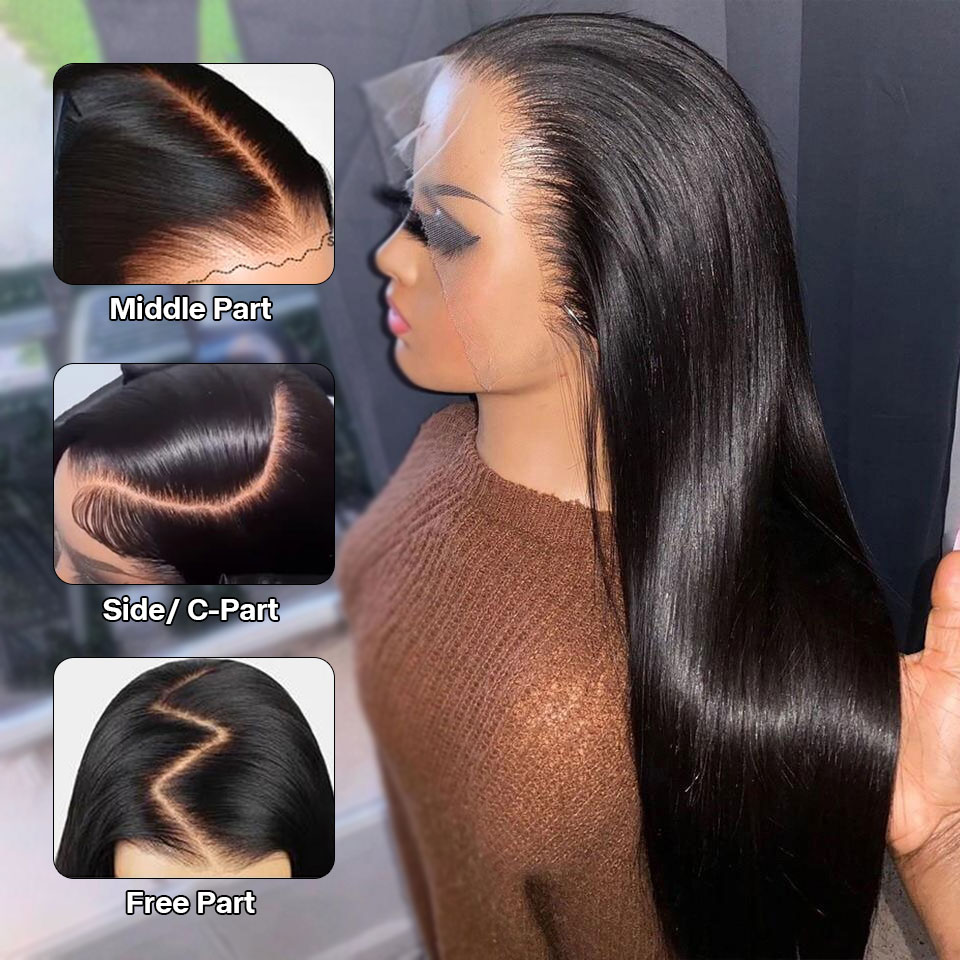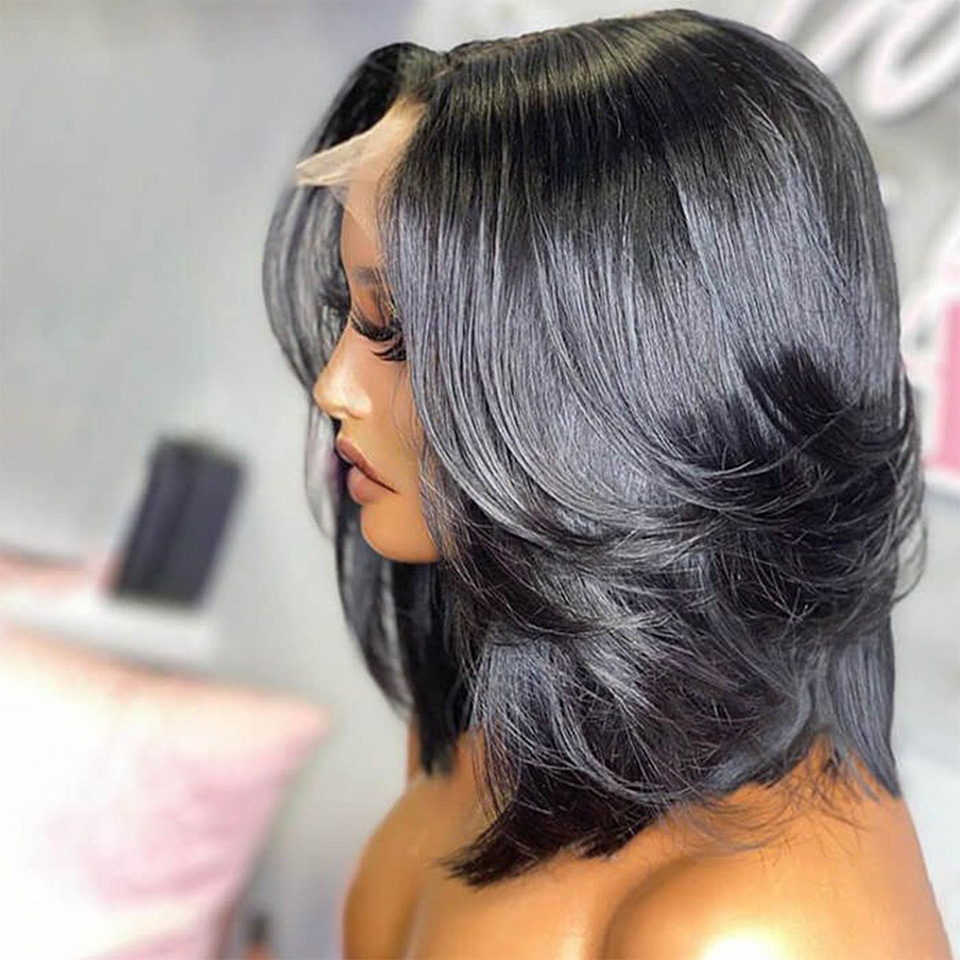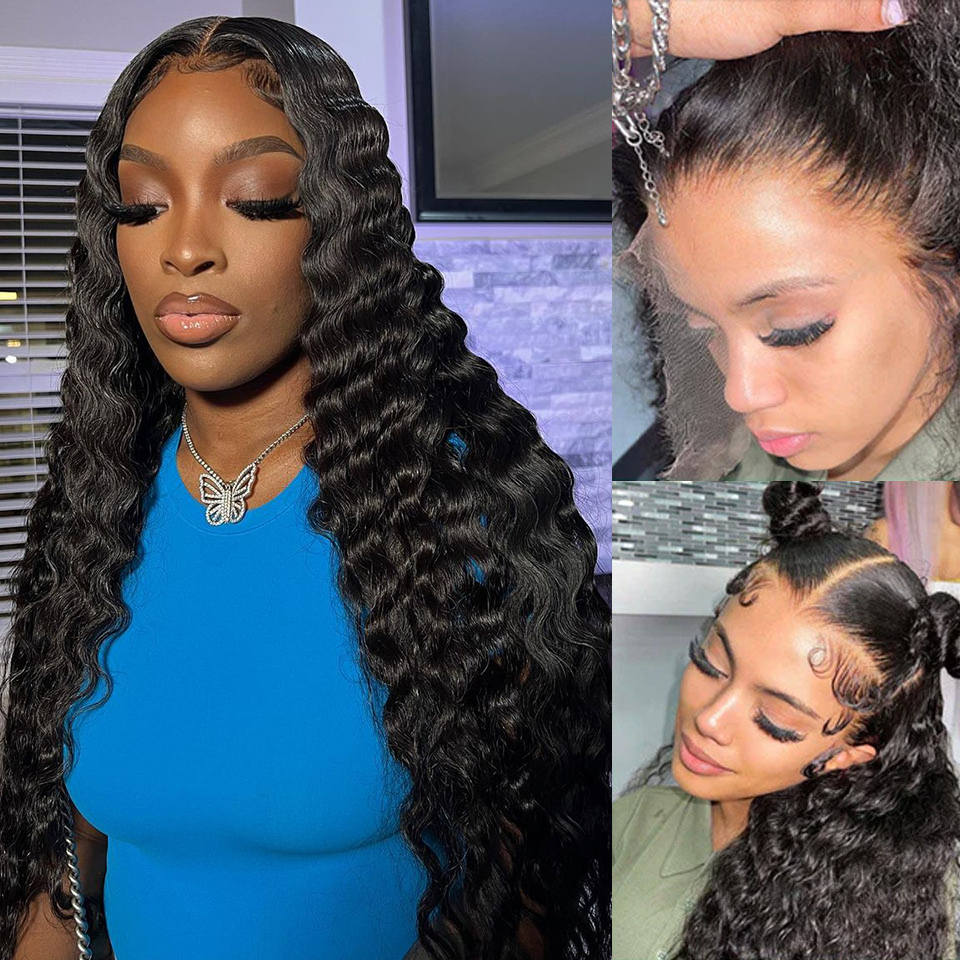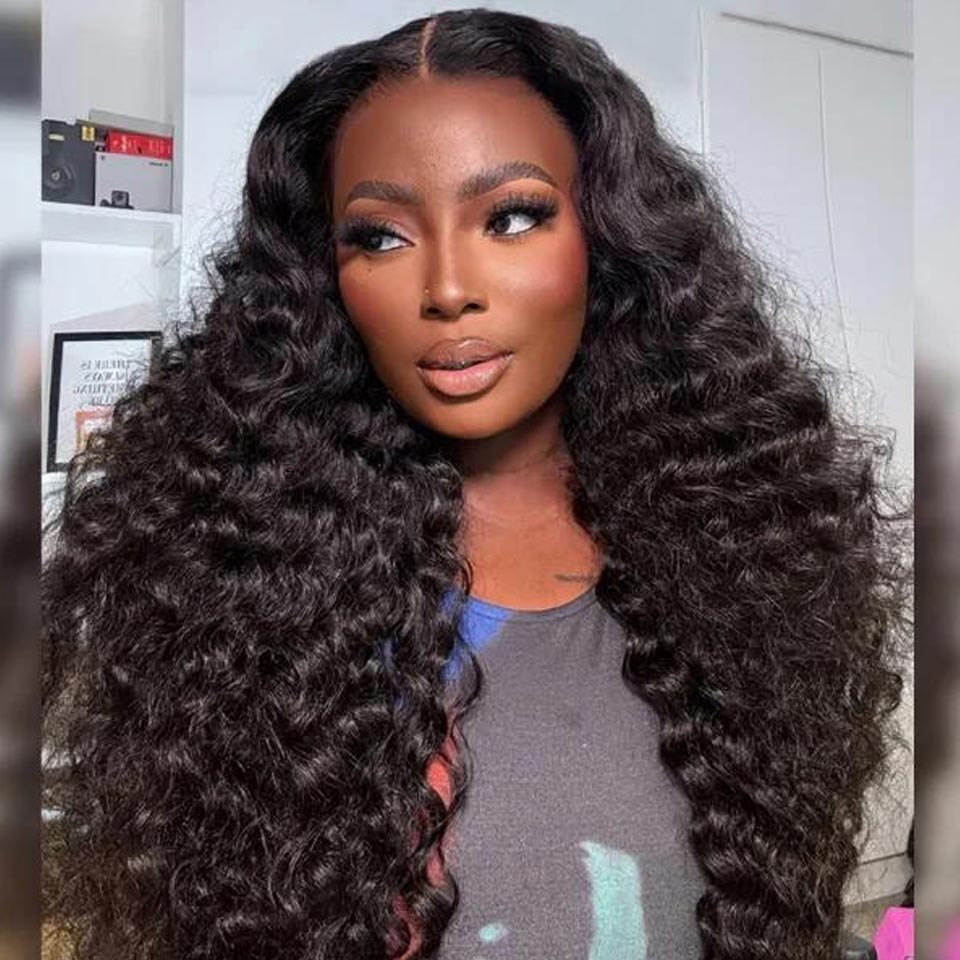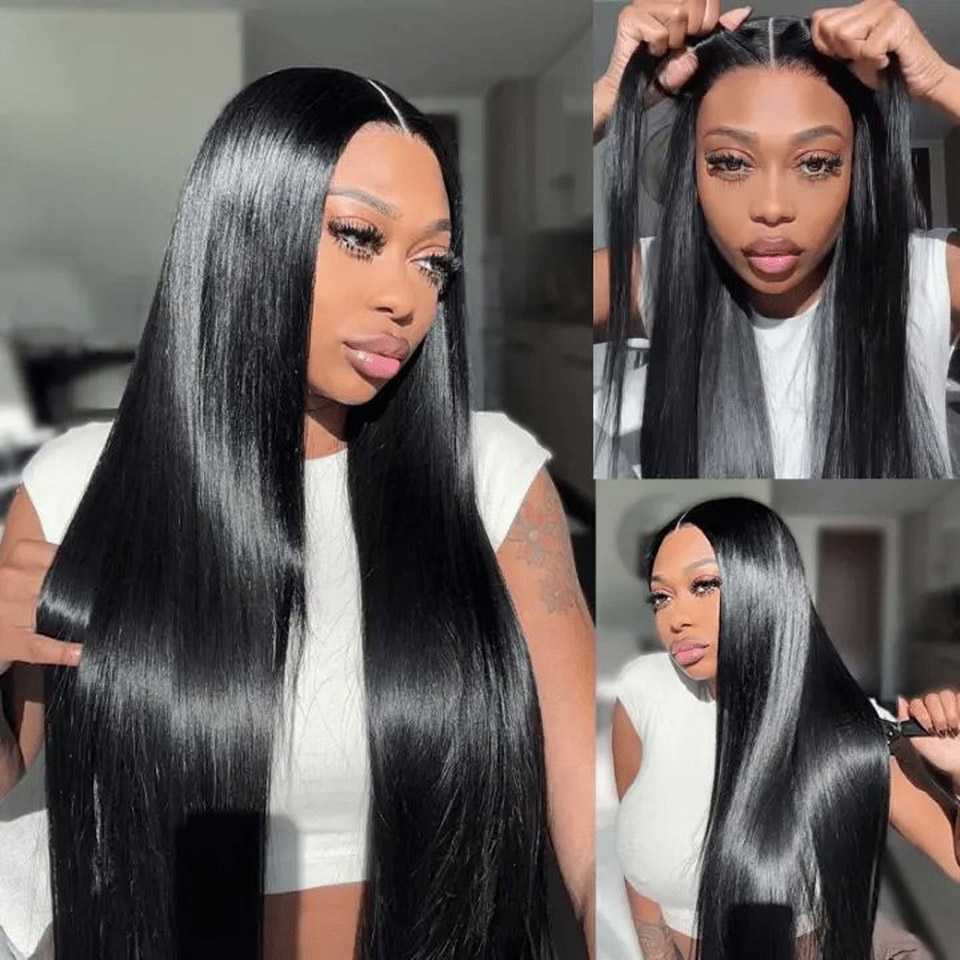Wigs have long been a versatile accessory used to transform one’s appearance, whether for aesthetic reasons, medical necessity, or creative exploration. As the wig industry has evolved, two primary contenders have emerged: synthetic wigs and human hair wigs. Choosing between the two can be a daunting task, with various factors to consider, such as appearance, durability, maintenance, cost, and ethical considerations. In this in-depth exploration, we will delve into the world of synthetic and human hair wigs, examining their characteristics, advantages, and drawbacks to help you make an informed decision about which type best suits your needs and preferences.
The Synthetic Wig: A Modern Marvel.
Synthetic wigs have come a long way since their inception. These wigs are crafted from man-made fibers, primarily kanekalon, toyokalon, or futura. Technological advancements have enabled manufacturers to create synthetic fibers that closely resemble natural hair, both in texture and appearance. This emulation of real hair has made synthetic wigs an attractive option for many wig enthusiasts.
Advantages of Synthetic Wigs:
Affordability: One of the most compelling advantages of synthetic wigs is their affordability. They are generally more budget-friendly than human hair wigs, making them an excellent choice for individuals looking for a temporary hair change or those on a tighter budget.
Low Maintenance: Synthetic wigs require minimal styling after washing. They hold their style well, meaning you can simply wash, dry, and wear them without the need for extensive styling or professional expertise.
Color and Style Variety: Synthetic wigs come in a vast array of colors and styles, making it easy to experiment with different looks without committing to a permanent change.
Allergen-Friendly: Synthetic wigs are typically hypoallergenic, making them suitable for individuals with sensitivities to human hair or certain hair products.
Retains Shape: Synthetic wigs maintain their original style, even after washing, which can be convenient for those who prefer a consistent appearance.
Drawbacks of Synthetic Wigs:
Less Natural Appearance: While advancements in synthetic fiber technology have improved the appearance of synthetic wigs, they may still lack the natural movement and shine of human hair, especially under close inspection.
Limited Heat Resistance: Synthetic wigs are sensitive to high temperatures, meaning you cannot use heated styling tools like curling irons or straighteners without risking damage to the fibers.
Shorter Lifespan: Synthetic wigs have a shorter lifespan compared to human hair wigs. The fibers can become frizzy or tangled over time, and their appearance may deteriorate more quickly.
Less Versatility: Synthetic wigs cannot be restyled as easily as human hair wigs, limiting your options for experimenting with different looks.
The Human Hair Wig: Nature’s Gift.
Human hair wigs are crafted from real human hair, harvested from donors or sourced from hair markets. These wigs provide a level of authenticity and versatility that synthetic wigs often struggle to replicate.
Advantages of Human Hair Wigs:
Natural Appearance and Feel: Human hair wigs closely mimic the appearance, movement, and texture of natural hair. They can be virtually indistinguishable from the wearer’s own hair.
Styling Freedom: Human hair wigs offer unparalleled versatility when it comes to styling. You can curl, straighten, dye, and even perm them, just like you would with your own hair.
Longevity: With proper care, human hair wigs can last significantly longer than synthetic wigs. They are more resistant to tangling and frizzing.
Comfort and Breathability: Human hair wigs tend to be more comfortable to wear, especially in warmer climates, as they allow for better air circulation on the scalp.
Drawbacks of Human Hair Wigs:
Higher Cost: Human hair wigs are generally more expensive than synthetic wigs due to the sourcing and manufacturing processes involved.
Maintenance Demands: Human hair wigs demand more care and maintenance than their synthetic counterparts. Regular washing, conditioning, and styling are necessary to keep them looking their best.
Color Fading: Human hair wigs, particularly those that have been dyed, may experience color fading over time, requiring periodic touch-ups or re-dyeing.
Allergen Sensitivity: Some individuals might experience allergies or sensitivities to human hair, particularly if it has been chemically treated or dyed.
The Verdict: It Depends on Your Priorities.
Ultimately, the choice between synthetic and human hair wigs hinges on your personal preferences and priorities. If affordability, low maintenance, and a wide variety of styles are your main considerations, a synthetic wig could be the ideal choice. On the other hand, if you prioritize authenticity, styling versatility, and durability, investing in a human hair wig might be more suitable.

Can You Tell the Difference Between Synthetic and Human Hair Wigs?
Yes, there are several ways to distinguish between synthetic and human hair wigs based on their appearance, texture, and behavior. Here are some key differences to help you identify whether a wig is synthetic or made from human hair:
1. Appearance:
Synthetic Wigs:
Synthetic wigs often have a consistent, uniform appearance in terms of color and texture.
The shine of synthetic fibers can sometimes give the wig a slightly unnatural or plastic-like sheen, especially under bright lighting.
Human Hair Wigs:
Human hair wigs tend to have a more natural appearance with subtle variations in color and texture, similar to real hair.
They may exhibit more natural-looking shine, mimicking the way light interacts with real hair.
2. Texture:
Synthetic Wigs:
The texture of synthetic wigs can feel smoother and silkier to the touch.
The strands of synthetic wigs are usually uniform in diameter from root to tip.
Human Hair Wigs:
Human hair wigs have a texture that closely resembles real hair, including variations in thickness along the length of the strands.
The texture can vary based on factors like ethnicity, hair type, and whether the hair has been chemically treated.
3. Heat Resistance:
Synthetic Wigs:
Synthetic fibers are generally not heat-resistant. Applying heat, such as from a curling iron or straightener, can melt or deform the fibers.
Human Hair Wigs:
Human hair wigs can withstand heat, allowing you to use heated styling tools to curl, straighten, or style the wig as desired.
4. Styling:
Synthetic Wigs:
Synthetic wigs come pre-styled and maintain their shape after washing.
Attempting to restyle a synthetic wig with heat or styling products can damage or ruin the fibers.
Human Hair Wigs:
Human hair wigs can be restyled using heat and styling products, providing a higher level of versatility.
5. Maintenance:
Synthetic Wigs:
Synthetic wigs require minimal maintenance and can often be worn right out of the box.
Washing and conditioning synthetic wigs should be done with products specifically designed for synthetic hair.
Human Hair Wigs:
Human hair wigs demand more maintenance, including regular washing, conditioning, and styling.
Care products formulated for human hair should be used to maintain the wig’s quality and appearance.
6. Price:
Synthetic wigs are generally more affordable than human hair wigs due to the cost difference in materials and manufacturing processes.
Human hair wigs are usually more expensive, reflecting the higher quality and realism they offer.
7. Longevity:
Human hair wigs tend to last longer than synthetic wigs with proper care, as they are more resistant to tangling, frizz, and wear over time.
Is a synthetic or human hair wig easier to style?
Human hair wigs are generally easier to style than synthetic wigs. This is primarily due to the differences in the properties of the hair fibers used in each type of wig.
Human Hair Wigs:
Human hair wigs offer a high level of versatility when it comes to styling. You can treat them much like you would your natural hair. This means you can:
Use heated styling tools like curling irons, straighteners, and hairdryers without damaging the hair.
Curl, straighten, crimp, or wave the hair using various techniques.
Dye or bleach the hair to achieve different colors or highlights.
Since human hair wigs are made from real hair, they respond to styling products and tools in a way that closely resembles natural hair behavior. This makes them ideal for individuals who want the freedom to experiment with different styles, textures, and colors.
Synthetic Wigs:
Synthetic wigs, on the other hand, are more limited in terms of styling options. The synthetic fibers used in these wigs are sensitive to heat, and exposing them to high temperatures can cause them to melt or lose their shape. As a result:
Using heated styling tools is not recommended, as it can damage the fibers irreversibly.
Restyling synthetic wigs is more challenging, and attempts to alter the style may not hold well.
However, modern synthetic wigs are designed to hold their original style, which can be advantageous for individuals who prefer a low-maintenance option. They require less effort in terms of daily styling since they retain their shape after washing and maintain their appearance without much intervention.
Which type of wig is better for those with hair loss?
The choice between a human hair wig and a synthetic wig for individuals with hair loss depends on personal priorities. If achieving the most natural appearance and greater styling versatility are top concerns, a human hair wig might be the preferred option despite the higher cost and maintenance demands. On the other hand, if comfort, low maintenance, and budget considerations are more important, a synthetic wig could be the better choice.
Where will I wear my wig?
The decision of where to wear your wig depends on your personal preferences, lifestyle, and reasons for wearing the wig. Here are some common scenarios where people often wear wigs:
Everyday Wear: Many individuals wear wigs as part of their daily routine. Whether you’re dealing with hair loss, seeking a new look, or simply enjoy the convenience of wearing a wig, it can become a regular accessory that you incorporate into your daily life.
Special Occasions: Wigs can be a fantastic option for special events such as weddings, parties, or formal gatherings. They allow you to achieve a specific hairstyle or look that complements the occasion’s theme or your outfit.
Work or Professional Settings: Wigs can provide a polished and put-together appearance, making them suitable for work environments where you want to present a particular image. This is particularly true if your job involves customer-facing interactions or public speaking.
Cosplay and Costume Events: Many enthusiasts use wigs to create accurate portrayals of fictional characters, historical figures, or for cosplay events. Wigs can play a crucial role in achieving an authentic and visually striking look.
Fitness and Sports Activities: Some people wear wigs during fitness activities or sports to maintain their desired appearance even when their natural hair might not be conducive to physical activity.
Medical Reasons: Individuals undergoing medical treatments that result in hair loss, such as chemotherapy, often use wigs to maintain their self-esteem and appearance during a challenging time.
Photography or Art Projects: Wigs are sometimes used for creative photography, artistic projects, or fashion shoots to achieve specific visual effects or concepts.
Experimentation: If you’re looking to experiment with different hair colors, lengths, or styles before committing to a permanent change, wearing a wig can be a great way to try out various looks without any lasting alterations.
Conclusion: Empowering Your Choice.
Selecting a wig is a deeply personal decision influenced by factors ranging from aesthetics to practicality. Both synthetic and human hair wigs offer their own unique benefits and drawbacks, catering to different needs and preferences. Synthetic wigs provide an economical option with low maintenance demands and a broad spectrum of styles, while human hair wigs offer unmatched realism, styling freedom, and longevity. By carefully considering your budget, desired level of maintenance, styling preferences, and ethical concerns, you can make an informed choice that best aligns with your lifestyle and goals. Whether you’re looking to embrace a new look, cope with hair loss, or explore your creativity, the world of wigs has something to offer for everyone.







